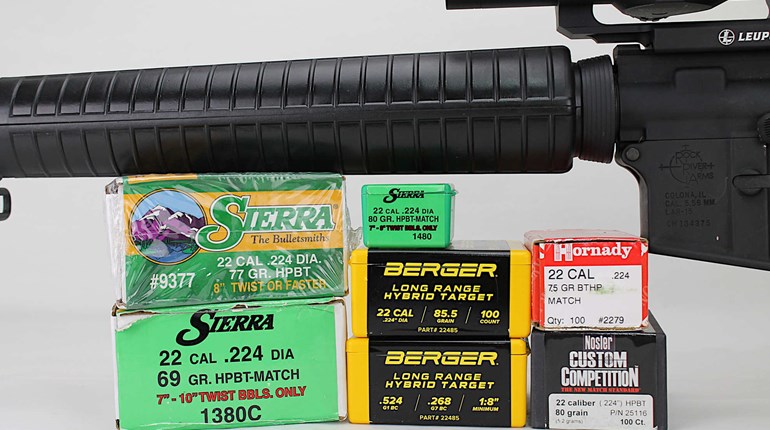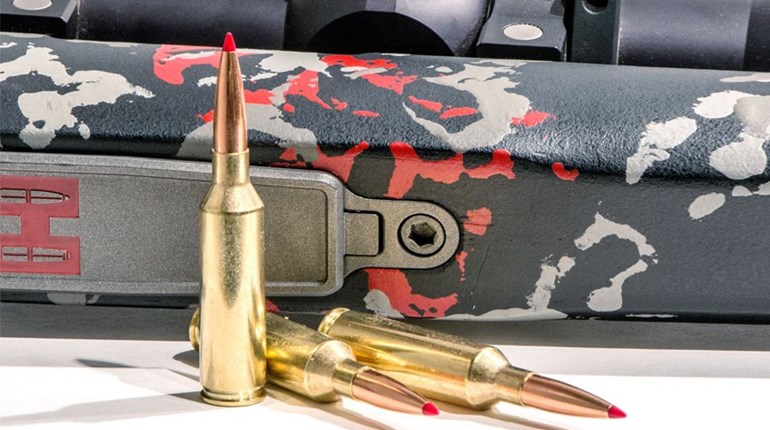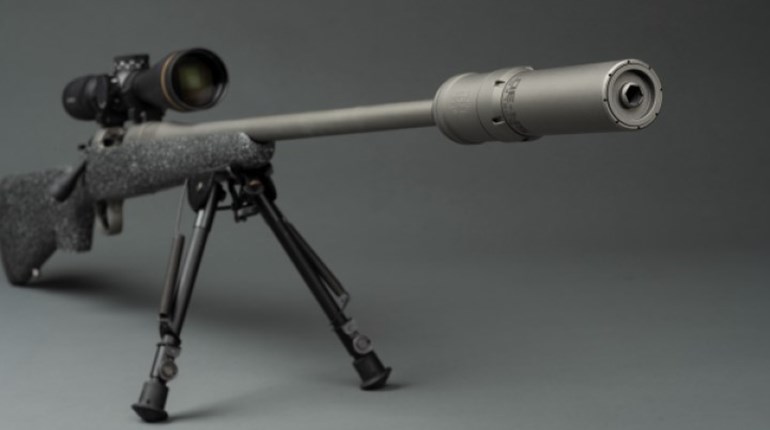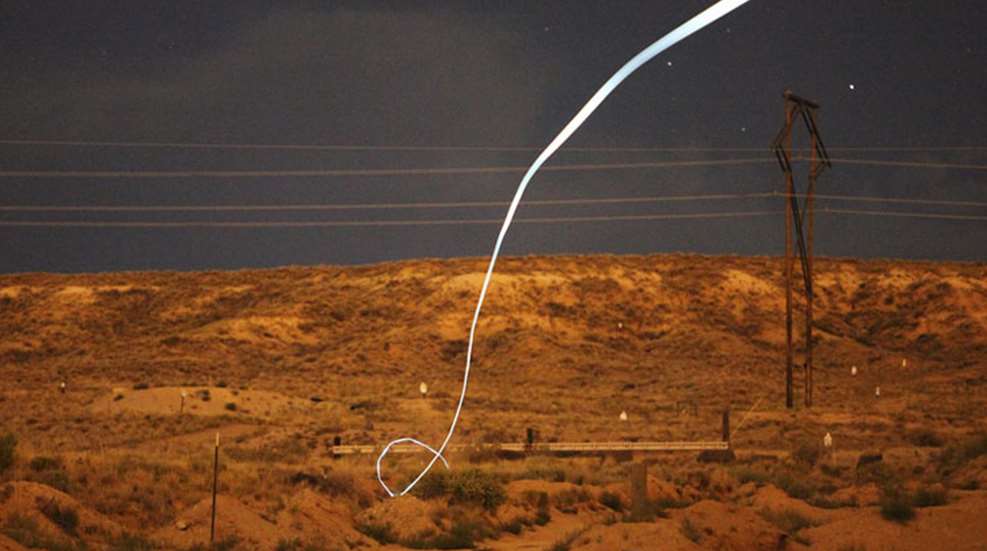
(Photo courtesy of Sandia National Laboratories)
How about a bullet that when shot from a .50-caliber smoothbore rifle can correct itself in flight up to 30 times a second to hit a laser-located target up to a mile away?
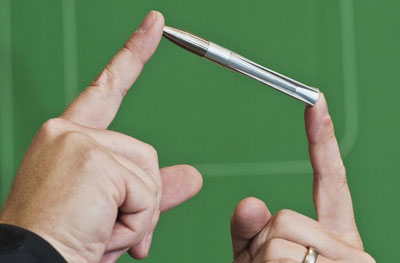
And you thought understanding your own rifle ballistics could get confusing.
Albuquerque, NM-based Sandia National Laboratories researchers Red Jones and Brian Kast are pleased with their early results in computer simulations as well as in field tests of prototype 4-inch bullets equipped with optical sensors in the nose that detect a laser beam on a distant target. The sensor sends information to guidance and control electronics that use an algorithm in an eight-bit central processing unit to command electromagnetic actuators, enabling tiny, dart-like fins to guide the bullet to its intended target.
Sounds like science fiction, doesn't it?
"We have a very promising technology to guide small projectiles that could be fully developed inexpensively and rapidly," Jones said.
Aside from the advanced technology applied to the guided bullet itself, Jones and Kast said they used standard commercial gunpowder in their prototype cartridges. Special designed plastic sabots provide a gas seal in the cartridge and protect the delicate fins on the rear of the bullet.
According to a press release issued from Sandia Labs this week, the guided-bullet prototype does not require an inertial measuring unit, a device normally used in guided missiles. Instead, the researchers found the bullet's relatively small size when compared to guided missiles "is helping us all around. It's kind of a fortuitous thing that none of us saw when we started," Jones said.
Using high-speed photography, the researchers found that a bullet pitches radically as it leaves the barrel, and less so as it flies downrange, a phenomenon known to long-range firearms experts as "going to sleep." Because the bullet's motions settle the longer it is in flight, accuracy improves at longer ranges, Jones concluded.
"Nobody had ever seen that, but we've got high-speed video photography that shows that it's true," he said.
Sandia's press release stated the lab—a wholly owned subsidiary of Lockheed Martin Corp. for the U.S. Department of Energy's National Nuclear Security Administration—is actively seeking a private company partner to complete testing of the prototype and to bring a guided bullet to the marketplace.
Sandia researchers who assisted Jones and Kast on the project included engineer Brandon R. Rohrer, aerodynamics expert Marc Kniskern, mechanical designer Scott Rose, firearms expert James Woods and Ronald Greene, a guidance, control and simulation engineer.
"It was one of the coolest things I've ever worked on," said Jones. "I worked with a great bunch of people who are incredibly bright, incredibly motivated, and who solved a great array of problems. It was awesome."
Cool, indeed.












